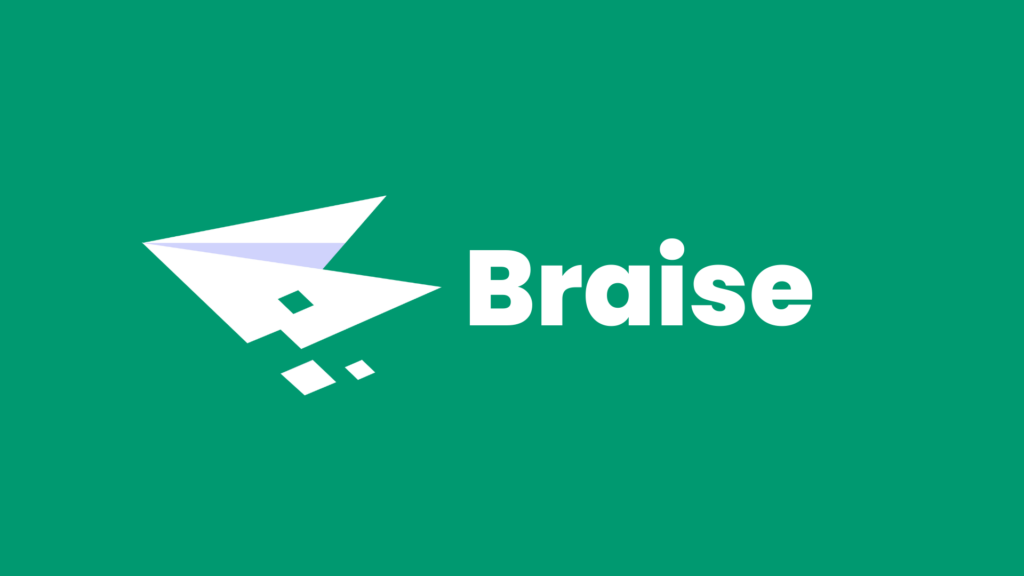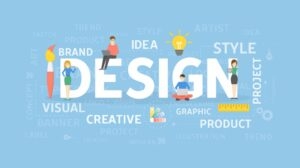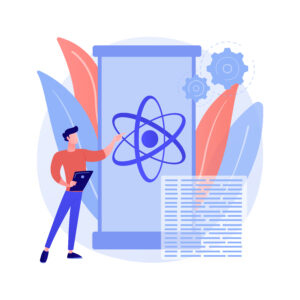In today’s fast-paced digital landscape, making a lasting impression with your content is more critical than ever. Quotations, or quotes, are a powerful tool for conveying ideas, emotions, and messages. They have the potential to inspire, motivate, and connect with your audience. However, simply presenting text in a plain format might not be enough to capture attention. This is where the art of quotation design comes into play.
Transition: To understand what quotation design entails, it’s important to delve into its definition and purpose.
Defining Quotation Design
Quotation design is the process of meticulously curating and presenting quotes in a visually appealing and effective manner. It involves a harmonious fusion of typography, layout, and complementary visual elements that elevate the impact of the quoted text. The primary objective is not only to enhance the visual aesthetics but also to ensure the quote is easily comprehensible, shareable, and memorable.
Transition: Now that we know what quotation design is, let’s explore the steps to create a well-designed quote.
Creating a Well-Designed Quote
Designing a quote involves a series of deliberate choices, each contributing to the overall impact of the message. Here are some essential steps:
- Typography Selection: Begin by choosing the right font and size. The font should align with the mood and context of the quote. For a formal or classic quote, consider serif fonts, while sans-serif fonts work well for modern and minimalist quotes. The font size should ensure legibility without overwhelming the design.
- Emphasis through Styling: Emphasize keywords or phrases using bold, italics, or color. This not only draws attention to crucial elements of the quote but also adds depth to the design.
- Layout and White Space: Create a well-structured layout with ample white space to ensure clarity and readability. Adequate white space allows the quote to breathe, preventing it from feeling cluttered.
- Images and Backgrounds: Select a relevant background or image that enhances the quote’s meaning or evokes emotions. Be cautious not to overpower the text; the background should complement, not distract.
- Color Choices: Consider a color palette that resonates with the quote’s theme. Colors have a powerful psychological impact and can reinforce the message.
Transition: With a well-designed quote, not only can the text be enhanced but also its visual appeal.
The Power of Visual Appeal
Visual appeal is a critical aspect of quotation design. It goes beyond aesthetics, playing a pivotal role in ensuring the quote leaves a lasting impression on the reader.
By thoughtfully incorporating visual elements, you can create a design that resonates with the viewer. For instance, a quote about nature might be beautifully complemented by a background of a serene landscape, while a motivational quote could benefit from energetic and vibrant colors. Visual appeal helps in conveying the emotions and message behind the words.
Transition: In the business world, quotations take on a different form in the context of pricing and proposals. Let’s delve into the concept of a quotation plan.
Understanding a Quotation Plan
In the realm of business and project management, a quotation plan is a meticulously crafted document that delineates the pricing, terms, and conditions associated with a product or service. It serves as a formal proposal to potential clients, offering a comprehensive breakdown of costs, a clear description of the goods or services being offered, payment terms, and any specific stipulations.
A well-structured quotation plan is an essential tool for businesses looking to communicate their offerings effectively and establish transparent agreements with clients. It not only provides clarity to clients but also instills confidence in the professionalism and reliability of the business.
Transition: In practice, having a quotation sample can significantly streamline the process of creating quotations.
The Role of a Quotation Sample
A quotation sample is a representative example of a quotation, serving as a template or reference point for creating similar documents. It includes all the requisite components, such as pricing details, item descriptions, terms and conditions, and contact information.
By utilizing a quotation sample, businesses can streamline their quotation creation process, ensuring consistency and accuracy in their proposals to clients or customers. Moreover, a well-prepared sample not only saves time but also ensures that the brand’s image and standards are maintained in every interaction.
Transition: In conclusion, quotation design is a powerful tool that blends the art of visual appeal with the science of effective communication.
Conclusion
Quotation design is a multifaceted art that combines the precision of typography, layout, and visual elements to make quotes visually striking and emotionally impactful. By thoughtfully selecting fonts, emphasizing keywords, and integrating complementary visuals, a quote can transcend mere text and become a captivating statement.
In the realm of business, a well-structured quotation plan is indispensable for transparent communication with clients. It outlines pricing, terms, and conditions, establishing trust and professionalism in every interaction.
A quotation sample, on the other hand, provides a consistent and efficient approach to creating quotations, ensuring that every proposal aligns with the brand’s image and standards.
In the digital age, where content is abundant, the power of a well-designed quote cannot be overstated. It’s the art of quotation design that allows words to leap off the screen and into the hearts and minds of your audience, leaving a lasting impact that endures.
So, whether you’re seeking to inspire, inform, or engage, remember that a well-designed quote can be your most potent ally in the world of content.








